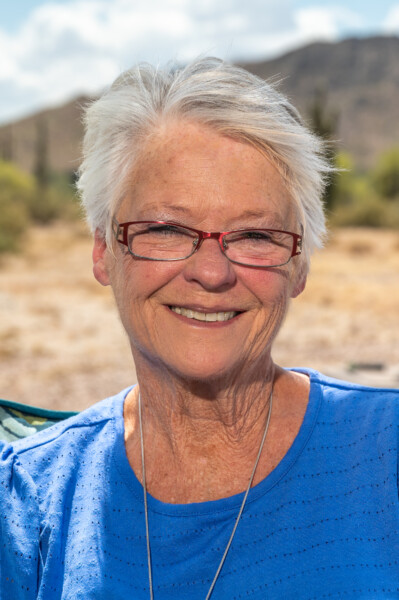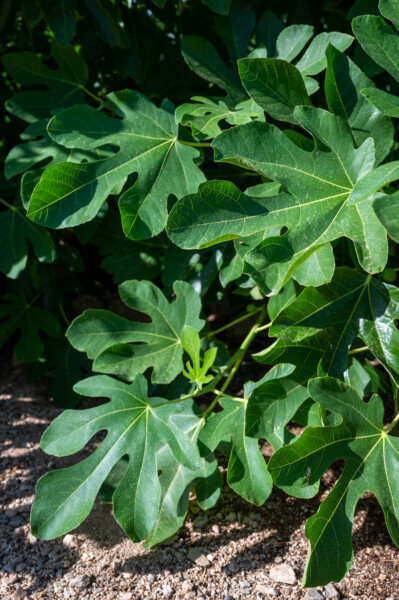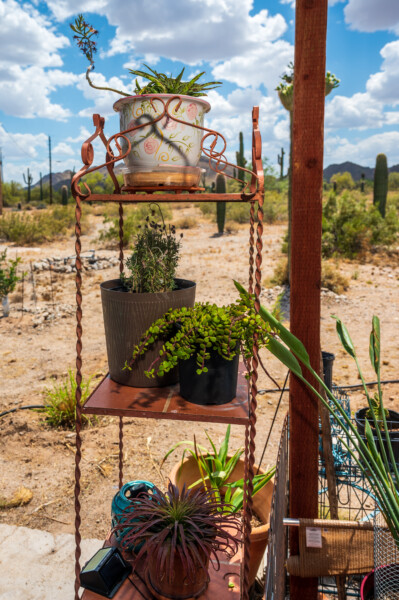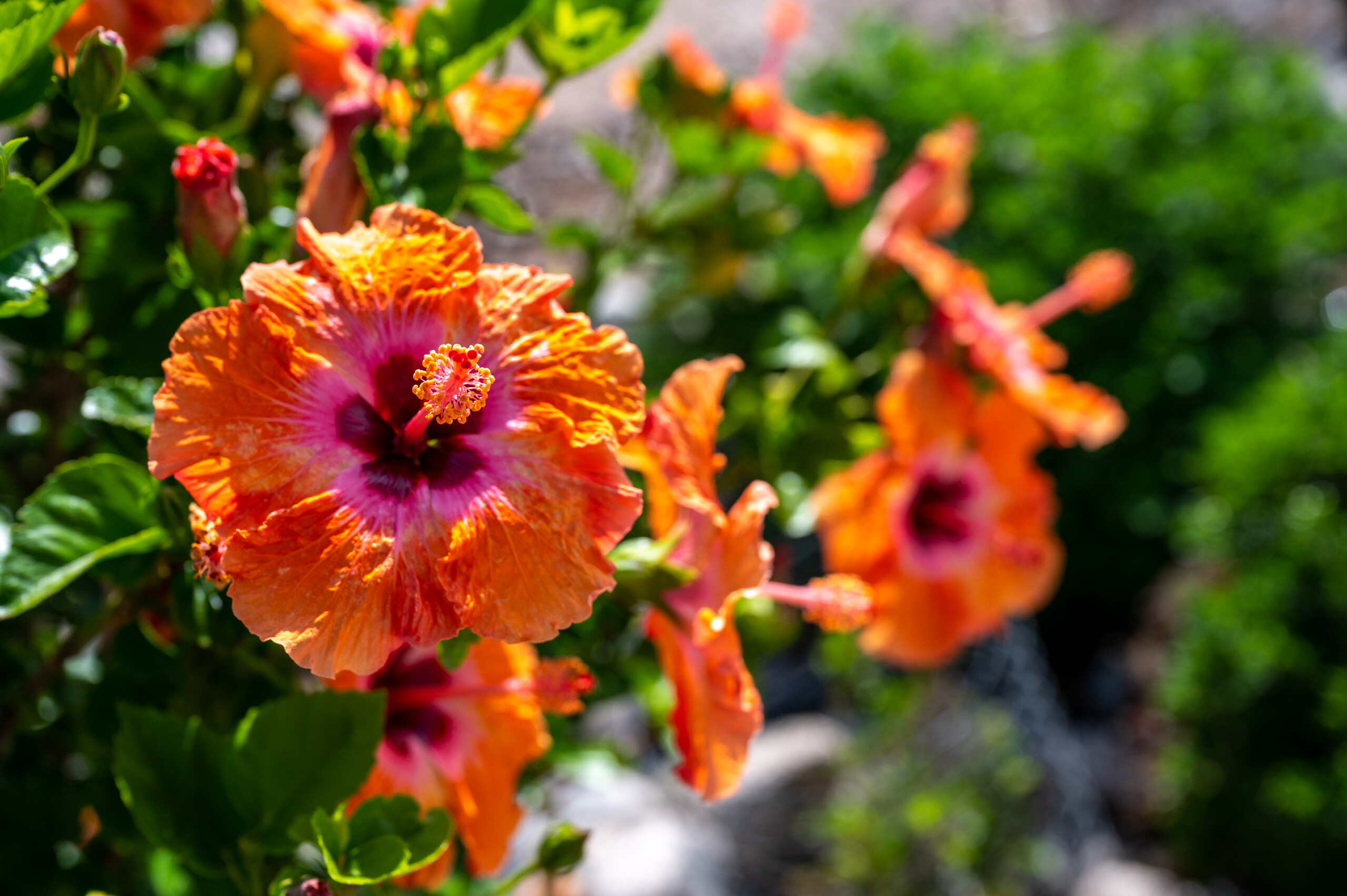Raise your hand if you have attempted to grow tropical plants. My hand is up.
 While living in Kansas, my stepfather said he was going to call the noxious weed department and turn me in for harboring them. Our youngest son, then 4, told me the Elephant Food plant needed a haircut while holding the scissors. It took forever to regrow the long reed-like leaves he had shortened.
While living in Kansas, my stepfather said he was going to call the noxious weed department and turn me in for harboring them. Our youngest son, then 4, told me the Elephant Food plant needed a haircut while holding the scissors. It took forever to regrow the long reed-like leaves he had shortened.
Tropicals are beautiful coming out of the nursery. Sitting there in all their glory on those pallets, they scream, “Take me home!” However, when they start to dry up and dry out, not so much.
So, how do you avoid a dead tropical plant? To start, think like a tropical. Read the nursery label telling how to keep the plant alive.
We are in an area that is dry with full sun for at least six hours a day and limited moisture. Tropicals typically grow in areas that requires heat, moisture and, generally, a forest floor with high humidity and indirect sunlight. Replicate that environment.
As transplanted Kansans, we grew up with beef and wheat. While living in Iowa for 25 years, we adapted to pork and corn. Environment has a lot to do with how we grow.
Tropicals generally are houseplants, but some will survive outside in the dirt. We currently have a Bird of Paradise tree (Strelitzia reginae), which produces large, green, waxy leaves and a bloom flower that has color from orange to purple and blue accents. It is beautiful in our patio shade and welcomes moisture. We also have the White Bird of Paradise that is similar.
Areca Palm or Golden Cane Palm are nice to grow. However, if exposed to extreme full sun in hot climates like ours, the root will go brown. Planting them in a moist environment in a well-drained pot, using an evaporation tray underneath, will help them survive inside.
Other tropical plants available include:

Bromeliad (Aechmea spp) is a relative to the pineapple. It is a hardy, exotic, flowering plant native to Brazil.
Orchid (Orchidaceae spp) is a common flowering plant with over 28,000 species. It is very hardy and blooms year-round. It replaces an old stem with a new flower and stem over time.
Kentia Palm is native to the Australia coast in the South Pacific. Slow-growing, it can reach 32 feet high and 20 feet wide. It is easy to grow and drought-resistant.

Schefflera or Umbrella Plant has long, shiny leaves from a central stalk.
So, think like a tropical plant. Understand its natural environment, and it will thrive!
Harriet Phelps is a Maricopa master gardener for Pinal County.
This column was previously published in the June issue of InMaricopa Magazine.



![Maricopa’s ‘TikTok Rizz Party,’ explained One of several flyers for a "TikTok rizz party" is taped to a door in the Maricopa Business Center along Honeycutt Road on April 23, 2024. [Monica D. Spencer]](https://www.inmaricopa.com/wp-content/uploads/2024/04/spencer-042324-tiktok-rizz-party-flyer-web-218x150.jpg)



![Locals find zen with Earth Day drum circle Lizz Fiedorczyk instructs a drum circle at Maricopa Community Center April 22, 2024. [Brian Petersheim Jr.]](https://www.inmaricopa.com/wp-content/uploads/2024/04/PJ_3922-Enhanced-NR-218x150.jpg)


![Shred-A-Thon to take place tomorrow An image of shredded paper. [Pixabay]](https://www.inmaricopa.com/wp-content/uploads/2024/03/shredded-paper-168650_1280-218x150.jpg)

![Alleged car thief released without charges Phoenix police stop a stolen vehicle on April 20, 2024. [Facebook]](https://www.inmaricopa.com/wp-content/uploads/2024/04/IMG_5040-218x150.jpg)




